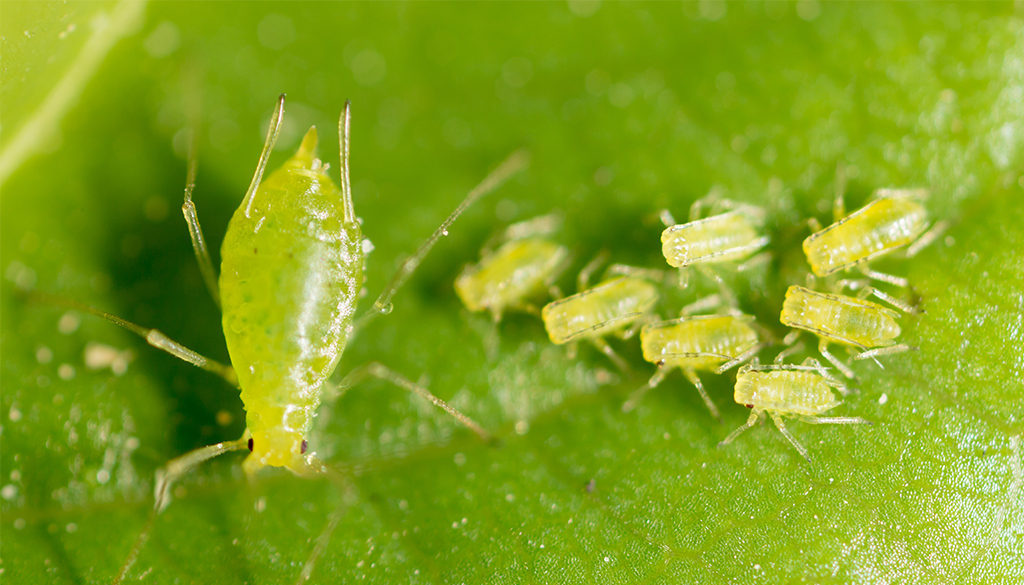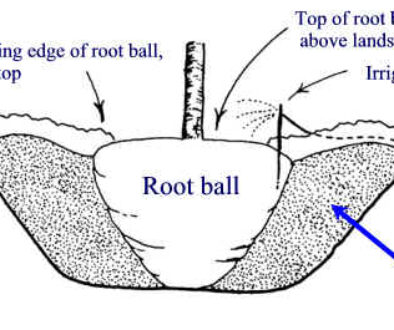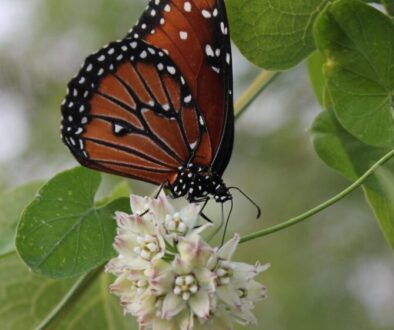Aphids Outbreak
Properties around the valley are currently experiencing a heavy infestation of Aphids on their plants and trees in their communities. Aphids are a small soft-bodied insect that can vary in size and color. They act as a plant parasite, sucking the nutritious sap from flowers, leaves, stems, and sometimes even roots, robbing the plant of water and essential nutrients.
The first sign your property may have aphids is a colorless and sticky substance on leaves below where they are feeding. The substance that is excreted from the insect are sugars from the plant host that can start to show up on grasses, leaves, even your car – basically anything underneath the insect.

Due to the aphid activity on ornamental trees, it seems the plant health of the trees are declining, resulting in yellowing, wilting, leaf curl, and stunted plant growth. Although aphids are usually not harmful in moderate outbreaks, we are seeing a heavy infestation on the properties and their surrounding areas, which can lead to harmful consequences such as virus transmission and decay.
Outbreak Management
Although plant fatality is uncommon due to an aphid outbreak, it is still a possibility. However, there are numerous natural ways to help manage the severity of the outbreak.
- Check your plants regularly for aphids – by monitoring your plants at least twice a week it is possible to catch the infestation early so that you can prune them out or knock or hose them off.
- The release of natural enemies – there are several predators that feed on aphids including lacewing larvae, soldier beetles, syrphid fly larvae, and the most well-known lady beetle adults and larvae.
- Ant management – ants are known protectors of aphids as they are a great food source for them. If you come across ants crawling up aphid-infested trees or plants, apply a band of sticky material, such as tanglefoot, around the trunk to prevent them from crawling up.




